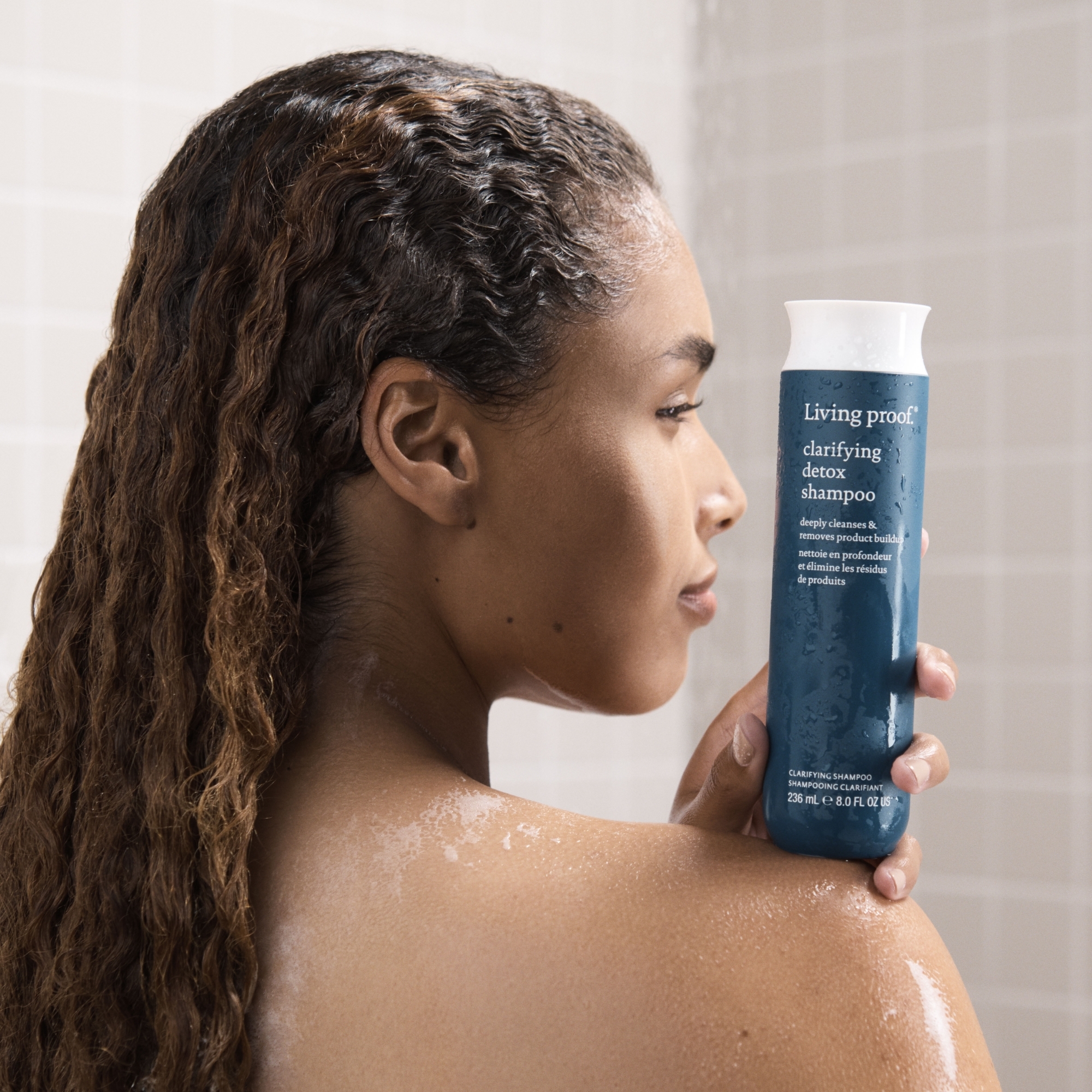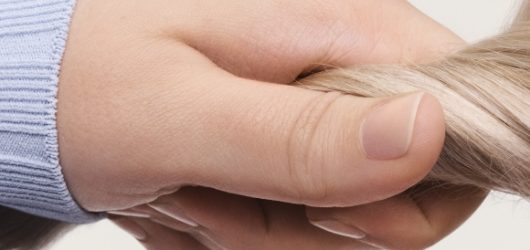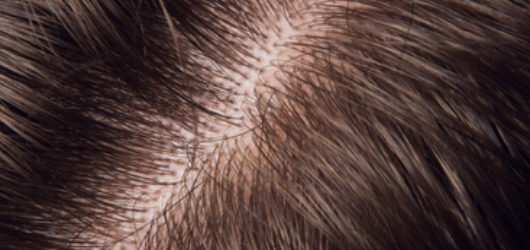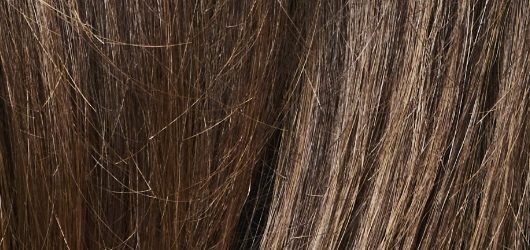
101 Guide: What is Hair Porosity?
From the moment you roll out of bed in the morning, your natural hair makes its uniqueness known—whether it’s curly, coily, straight, or inventing new shapes altogether. It’s fair to say such one-of-a-kind strands demand customized care and knowing your hair type can certainly lead you to some solutions.
But one factor of your hair you might be less familiar with is its porosity.
So, what is hair porosity? Your hair porosity determines how much moisture each follicle can absorb and retain—think conditioners, oils, and even water.1 Too low porosity and your hair may lack volume. Too high, and you could be noticing frizz even with conditioner.
To help you build the high-quality hair routine your natural hair deserves, we’ve created a 101 guide to hair porosity. We’ll outline the different porosity types, what affects each, and how to effectively treat yours.
Types of Hair Porosity
To understand hair porosity and how it affects your strands, it can help to first take a look at the structure of a single hair follicle. There are three layers to every strand:2
- The cuticle
- The cortex
- The medulla
The outermost layer, the hair cuticle, is what determines porosity. It serves as the barrier between the inner layers of a strand of hair and everything your hair comes into contact with. It’s composed of smaller cuticles, called keratinocytes, that overlap one another.
Hair cuticle spacing varies from close to wide. Too close together, and product will have a hard time passing through. Too wide, and the product will quickly leave the hair. But a hair type with balanced porosity will leave just enough space for moisture to enter and for the hair to retain it throughout the day.
Let’s dive into the three types of hair porosity, along with their most common signs.
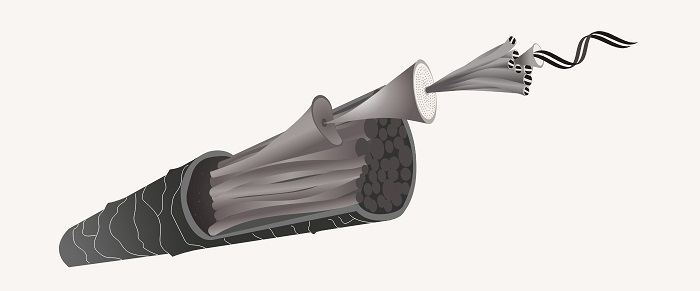
High Porosity Characteristics
What is high porosity hair? With high porosity hair, hair cuticles are widely spaced out, making the outermost layer of each hair more permeable.1 Its porous surface can make moisture retention a challenge (you heard that right—if your hair’s always a little drier than you’d like, it might be inherent).
You may have highly porous hair if you notice that:
- Your hair quickly dries after the shower without a hair dryer
- Your hair tends to be frizzy and dry
- Your hair is prone to breakage
- Your hair quickly loses styles such as curls or waves
- Your hair is quick to absorb moisturizing products such as oils and conditioners
Balanced Characteristics
Hair with balanced porosity is a happy medium between low and high porosity.1 The cuticles of each strand are capable of both absorbing and retaining moisture.
You may have balanced porosity hair if you notice that:
- Your hair doesn’t take long to air dry, but doesn’t dry very quickly either
- Your hair tends to shine naturally
- Your hair is strong and doesn’t easily experience breakage
- Your hair easily holds styles throughout the day
Although balanced porosity hair is a pro at keeping and retaining moisture, you can quickly knock it off balance through the overuse of hot tools such as blow dryers and straighteners or harsh products.
Low Porosity Characteristics
What is low hair porosity? With low porosity hair, your hair’s cuticles are so closely layered that they seemingly pile on top of each other.1 This leaves little space for moisture, from water to deep conditioning treatments, to enter the hair shaft. You’ll need to be a bit more patient with this hair type.
You may have low porosity hair if you notice that:
- Your hair doesn’t easily absorb moisturizing products
- Your hair needs a long time to air dry
- Your hair requires some extra time in the shower for the water to thoroughly wet it
- Your hair shows signs of product buildup
- Your hair is prone to dryness or frizziness
Doing a double take on that last one? It’s true—dryness and frizziness can be symptoms of both low and high-porosity hair. In low-porosity hair, it’s due to moisture never being absorbed, while in high-porosity hair, it’s due to moisture not being retained.
Determining Porosity
Now that you have an overview of the three types of hair porosity and their characteristics, you may already have an idea of which type you have. However, if you’re still unsure, the following at-home test can help you find your hair porosity and take you one step closer to the bespoke care your hair requires.
Sink or Float Test
All you’ll need to carry out this test is a glass of water and a bit of time to cleanse and dry your hair.
Here’s what you’ll need to do:
- Thoroughly shampoo and rinse your hair to rid it of any product buildup.
- Dry your hair using your preferred method.
- Once dry, take a single strand of hair and drop it into a glass of room-temperature tap water (hot water can open the cuticle and really cold water can seal it, giving you potentially skewed results as to what your hair porosity is).
- Watch to see if the strand sinks or floats in the glass.
Three possible results can occur, clueing you into what hair porosity type you may have:
- Floating – If your strand sits on the top of the water, you probably have low porosity hair.
- Middle of the glass – If your strand floats in the middle of the glass, you likely have medium porosity hair.
- Sinking – If your strand almost immediately sinks to the bottom, chances are you have high porosity hair.
What Affects Hair Porosity?
Just like hair texture, hair porosity is largely determined by genetics.1 This means that if high porosity hair is common in your family, you are more likely to have high porosity hair as well.
However, your hair type can also sometimes change as a result of damage. This may include:1
- Overuse of treatments such as bleaching
- Sun overexposure
- Chlorine damage
- Overuse of hot tools without a protectant
- pH imbalances
Fortunately, high or low porosity hair is not untreatable—whatever the cause. Along with some healthy hair habits, you can avoid setting your hair porosity off-balance by being cautious of treatments like:
- Regularly blow drying with high heat
- Using other hot tools without heat protectants
- Frequently using harsh chemical treatments, such as bleach or relaxers
Any of these harmful hair habits can raise and open the hair cuticles, lowering moisture retention and not allowing you to realize your hair’s full, luscious potential.
How to Treat Hair Porosity
To make your hair cleaner, longer, and fuller, an intentional and well-informed haircare routine that responds to your hair porosity type is the first step.
Consider these actionable ways to care for your hair, according to your porosity type:
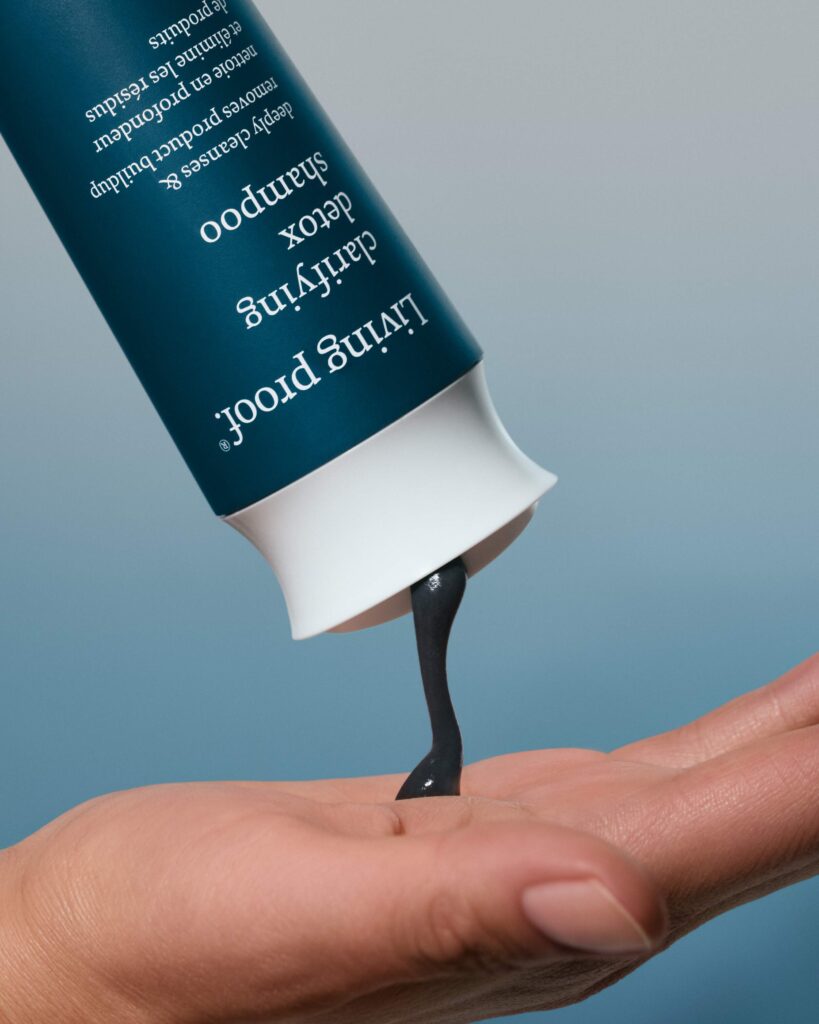
Low Porosity Hair Care
With low porosity hair, the goal is to boost the uptake of moisture. No matter how high quality a product is, if your hair has difficulty with absorption, the moisturizer won’t be able to work its magic.
These practices will leave low porosity hair stronger and more manageable:1
- Look for oil-free shampoos and conditioners– Hair products that contain a lot of oils won’t be able to penetrate the close-knit cuticle as easily.1
- Keep in the heat when conditioning – Once you apply any type of deep conditioning treatment to your hair, put a shower cap on. This will help soften and open up the cuticles, increasing the absorption of the hair product.
- Use a clarifying shampoo once a week— If you have hair buildup, a clarifying detoxing shampoo will help detox your hair without drying up your strands.
High Porosity Hair Care
With high-porosity hair, you will be looking to increase the ability of your hair to retain moisture. It is the most vulnerable to tangles, frizz, and hair breakage.
Here are some protecting and nourishing ways to care for it:1
- Use lukewarm water – When showering, avoid using excessively hot water, as this form of heat can affect your porosity, too.
- Always apply heat protectant spray – On their own, heating tools have the potential to seriously cause harm to your hair. But for those days when you do need to pick up the blow dryer, heat protectants can act as damage control.
- Use a hair repair treatment – These products can quickly restore the outermost layer of your hair that might be causing dryness and frizz, leaving your locks visibly silkier and shinier.
- Condition, condition, condition – To combat frizz and achieve shine, regular conditioning is a step that you can’t skip. A restoring leave-in conditioner can be used after washing every other day, and a hair strengthener weekly.
- End your showers with cold water — Rinsing your hair with cold water at the end of your shower can help to seal the cuticles and keep in any moisturizing products used.
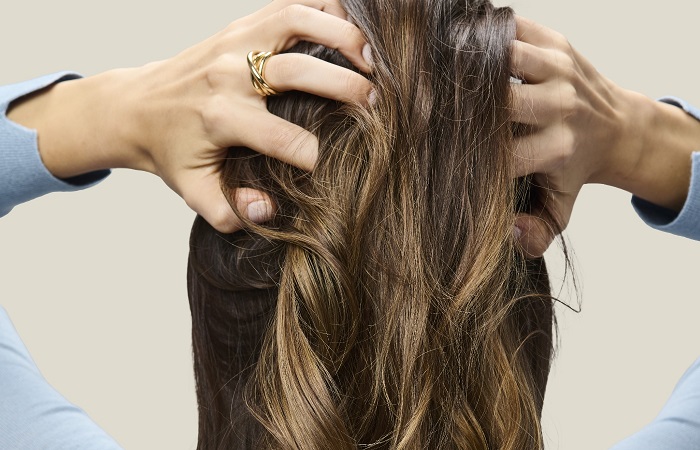
Balanced Porosity Hair Care
Balanced porosity hair may already be strong and resilient, but even this heroic hair type isn’t invincible against damage. Selecting high-quality products and safe hair habits can ensure that its porosity doesn’t increase or decrease.
We recommend the following practices:
- Don’t overuse color or heat styling tools.
- Always apply a heat protectant if you do apply heat to the hair.
- Avoid trouble-causing additives such as silicone, sulfates, and parabens.
- Invest in a quality shampoo and conditioner.
Does Hair Porosity Matter?
When it comes to caring for your hair, being well-informed of its porosity type can help you to confidently set a haircare routine that works for—and not against—your locks. The journey towards cleaner, happier hair starts with selecting the right products.
Handle your Hair Porosity with Living Proof
Whatever your hair type, Living Proof offers hair products online and in store that provide lasting protection and hydration. Our team of haircare specialists formulates each hair product to have you and your hair looking your best.
Take our hair quiz today to discover the best products for your hair.
- International Journal of Trichology. Hair Cosmetics: An Overview. Hair cosmetics: An overview Gavazzoni Dias MR – Int J Trichol (ijtrichology.com)
- New York Society of Cosmetic Chemists. An Overview on Hair Porosity. https://nyscc.org/blog/an-overview-on-hair-porosity/#:~:text=Overview%20of%20Hair%20Porosity,grooming%20practices%20to%20varying%20degrees.


